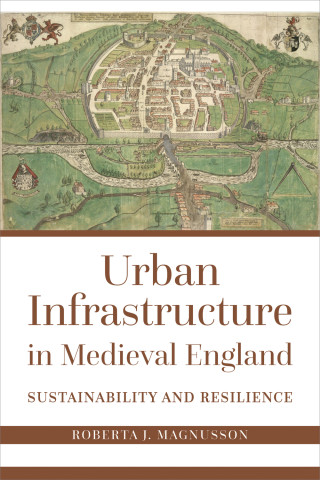
Reviews
Investigations of 17 accidents help show why trains crash and what those incidents can teach.
An interesting read to be recommended to anyone who travels by train.
Fascinating.
I would use this book in a high school science class and the book could be used as a supplement in a history class and in a math class. Actually the information presented involves science, technology, engineering, and math; it is a real world way of addressing STEM.
Bibel takes us on a journey from the fundamentals as to why trains crash, the trends through the history of railroads, through to scenarios resulting in crashes and cites many specific such cases. His approach allows the reader to immerse themselves as if they were on the accident investigation team, analysing the data from the aftermath and by interrogation of more modern equipment, such as trackside and onboard event recorders.
A fascinating book.
The author succeeds in both science and storytelling.
Bibel takes the reader, chattily and with skill, through his analysis of a series of fatal accidents.
Book Details
Acknowledgments
Chapter 1. The Railroad Industry (as Seen through Accidents)
Chapter 2. How Trains Crash, Then and Now
Chapter 3. Moderate-Speed Passenger Train Collisions
Chapter 4. Freight Train
Acknowledgments
Chapter 1. The Railroad Industry (as Seen through Accidents)
Chapter 2. How Trains Crash, Then and Now
Chapter 3. Moderate-Speed Passenger Train Collisions
Chapter 4. Freight Train Collisions
Chapter 5. Avoiding Collisions
Chapter 6. Positive Train Control
Chapter 7. Moving at the Wrong Speed
Chapter 8. Bearing Failures
Chapter 9. Gravity: It's the Law
Chapter 10. More Runaways: Brake Failure
Chapter 11. Broken Rail
Chapter 12. Buckled Track
Epilogue: Safety in the Modern Era
Notes
References
Index






